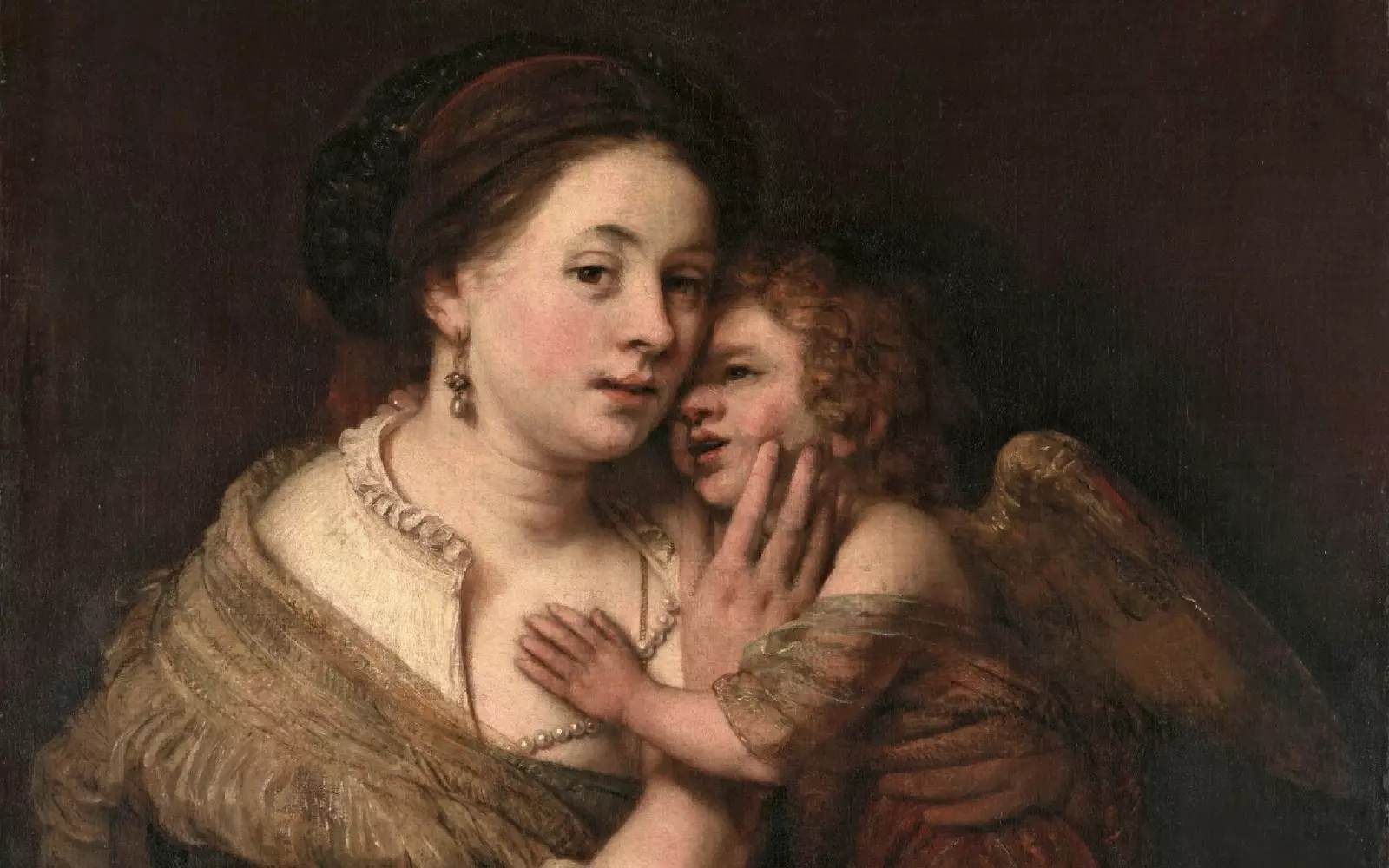
'Rembrandt and the portrait in Amsterdam, 1590-1670' will remain until May 24
Though the current situation does not allow us to enjoy in situ of the programming that our favorite artistic temples had planned for this spring, l Museums have decided to open their doors virtually, or rather, they have allowed themselves the luxury of entering our house. **
The Thyssen exhibition 'Rembrandt and portraiture in Amsterdam, 1590-1670', which began on February 28 and ends on May 24, is curated by Norbert Middelkoop, who, with his voice, will guide us through the nine rooms housing 39 portraits who made the dutch painter during the Dutch Golden Age.
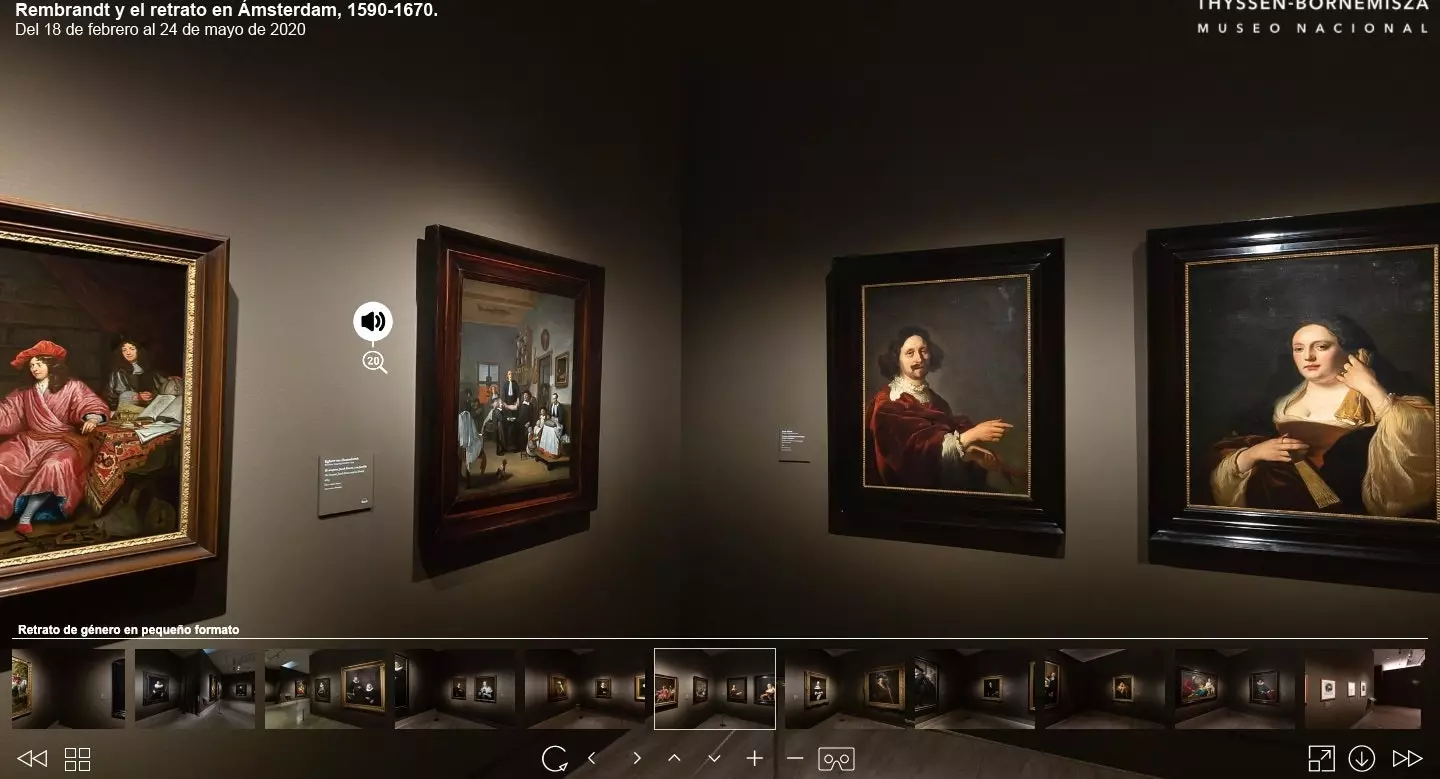
Rembrandt was one of the most important portrait painters of the 17th century
Both the exhibition and the accompanying catalog collect the results of recent research that has shed new light on the development of portraiture in Amsterdam, **also exhibiting the work of Rembrandt's contemporaries. **
The pieces, which for the most part they have never before been seen in Spain, come from museums and collections around the world, with outstanding loans the Amsterdam Museum, the Rijksmuseum in Amsterdam, the Metropolitan in New York, the National Gallery in Washington and The National Gallery in London.
In fact, some of the paintings leave your museum for the first time , as is the case of the portrait of a young man from the Nelson Atkins Museum Kansas . On the other hand, the spectacular set of Engravings from the National Library of Spain.
Married couples, craftsmen at work, children, scholars, successful businessmen and, of course, the painters themselves, are the faces that he immortalized on his canvases.
On the other hand, the portrait of groups such as families, rulers, members of the civic guard or surgeons teaching their anatomy lesson they offer us an overview of what society was like.
Who can resist contemplating the work of** one of the most important artists of the 17th century?** And it is that Rembrandt it was not only a brush master, but also also he stood out as a draftsman and engraver . And even though he was a great portrait painter , no exhibition had focused fully on this facet.
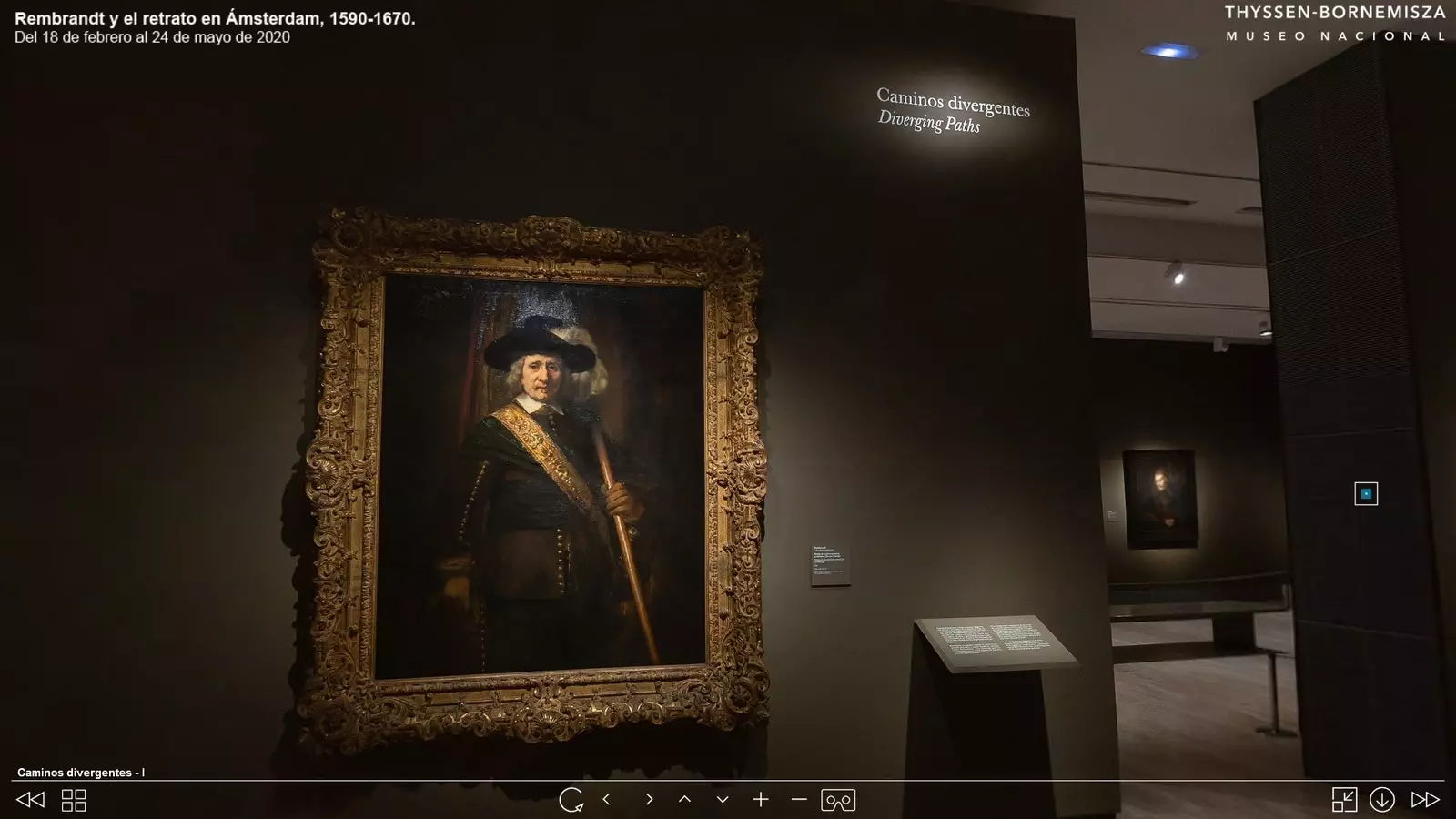
Its curator, Norbert Middelkoop, gives voice to the audio guide
From its beginnings in Amsterdam, early 1630s, Rembrandt portrayed his models in dynamic positions that suggested an interaction with the viewer and he perfectly represented his emotions, thus revolutionizing an entire genre.
At that time there was a large group of portrait painters in Amsterdam, but thanks to the high demand for portraits by the wealthiest sectors -which were not few, due to the rise of the Dutch economy-, Rembrandt could flourish.
Although they were Cornelis Ketel, Cornelis van der Voort, Werner van den Valckert, Nicolaes Eliasz. Pickenoy and Thomas de Keyser the first to benefit from the growing demand for portraiture that existed between 1590 and 1630.
Rembrandt was invited to the city by the painter and art dealer Hendrick Uylenburgh, whose painting studio he directed until 1636. This fact was decisive in enter the social circles of the city.
At the same time, marriage to Saskia Uylenburgh in 1634, the dealer's cousin, she was also an important rise in the social ladder. Of course, the competition, despite being healthy, was strong.
Other painters also moved to Amsterdam along with Rembrandt in search of fame: **Bartholomeus van der Helst left Haarlem (Netherlands); Jacob Backer, Friesland (Netherlands); and Joachim von Sandrart and Jürgen Ovens left Germany. **
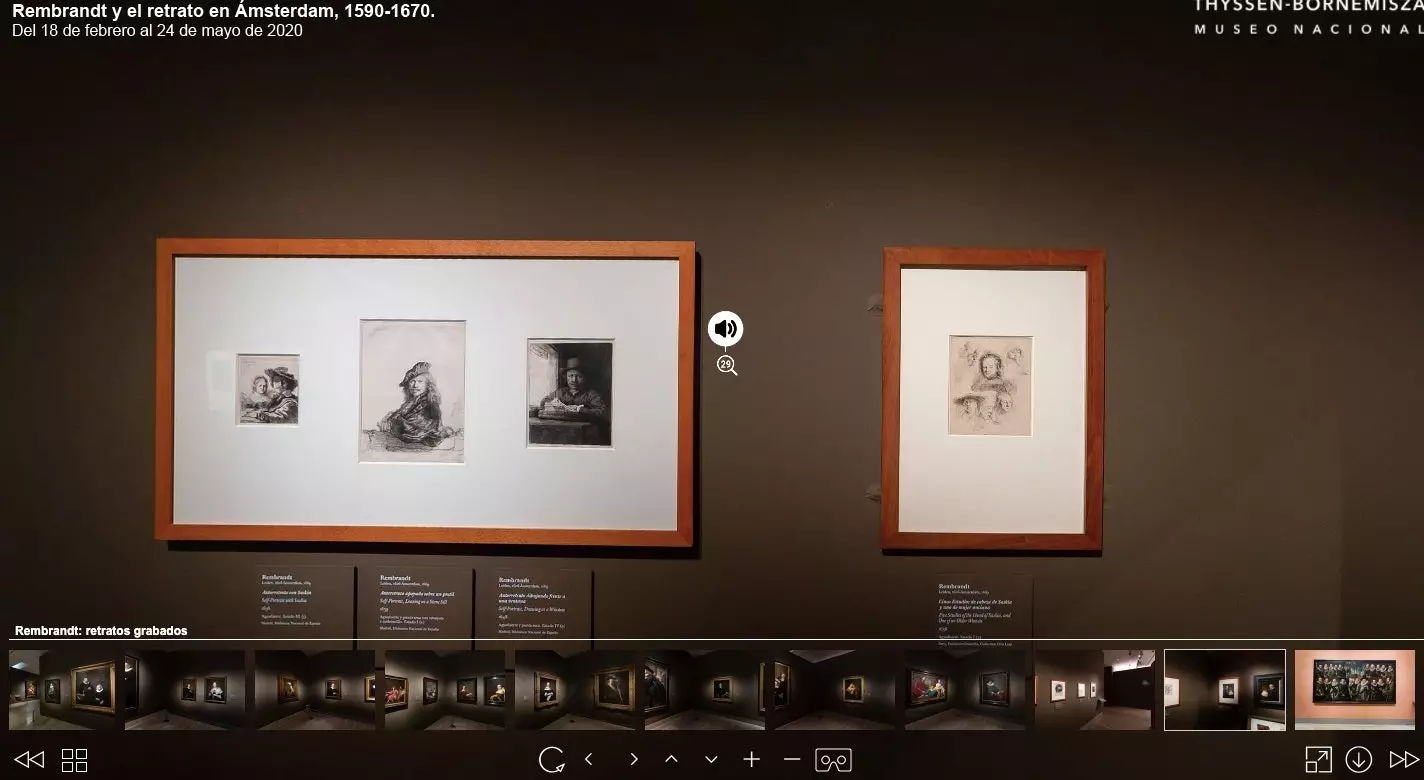
One of the rooms is dedicated to his work as an engraver
Also many students and collaborators of Rembrandt became successful portrait painters , What Ferdinand Bol, Gerbrand van den Eeckhout and Govert Flinck, who would succeed him in Uylenburgh's study.
But this was not what slowed down Rembrandt's pace of work: in 1642 Saskia died, leaving the painter alone in charge of her son Tito, just one year old. The tragedy coincided with a new movement of academic-style portrait painters, that emerged in the middle of the century, with a more international orientation.
Its precursors were Cornelis Johnson van Ceulen and Isaac Luttichuys. Nevertheless, Rembrandt kept his style, which led him to be left out of the **decoration program of the new City Hall in Dam Square.**
The financial difficulties he went through at that time led him to the sale of his collection of paintings and valuable objects at public auction, after declaring himself insolvent in 1656. Rembrandt continued to dedicate himself to art and remained a recognized figure despite the fact that his success was not the same as years ago.
This story is the one that narrates the journey of the exhibition, which follows a chronological order throughout nine chapters . The first rooms are dedicated to the portrait tradition immediately prior to the arrival of Rembrandt in Amsterdam and the beginning of the renewal of the genre.
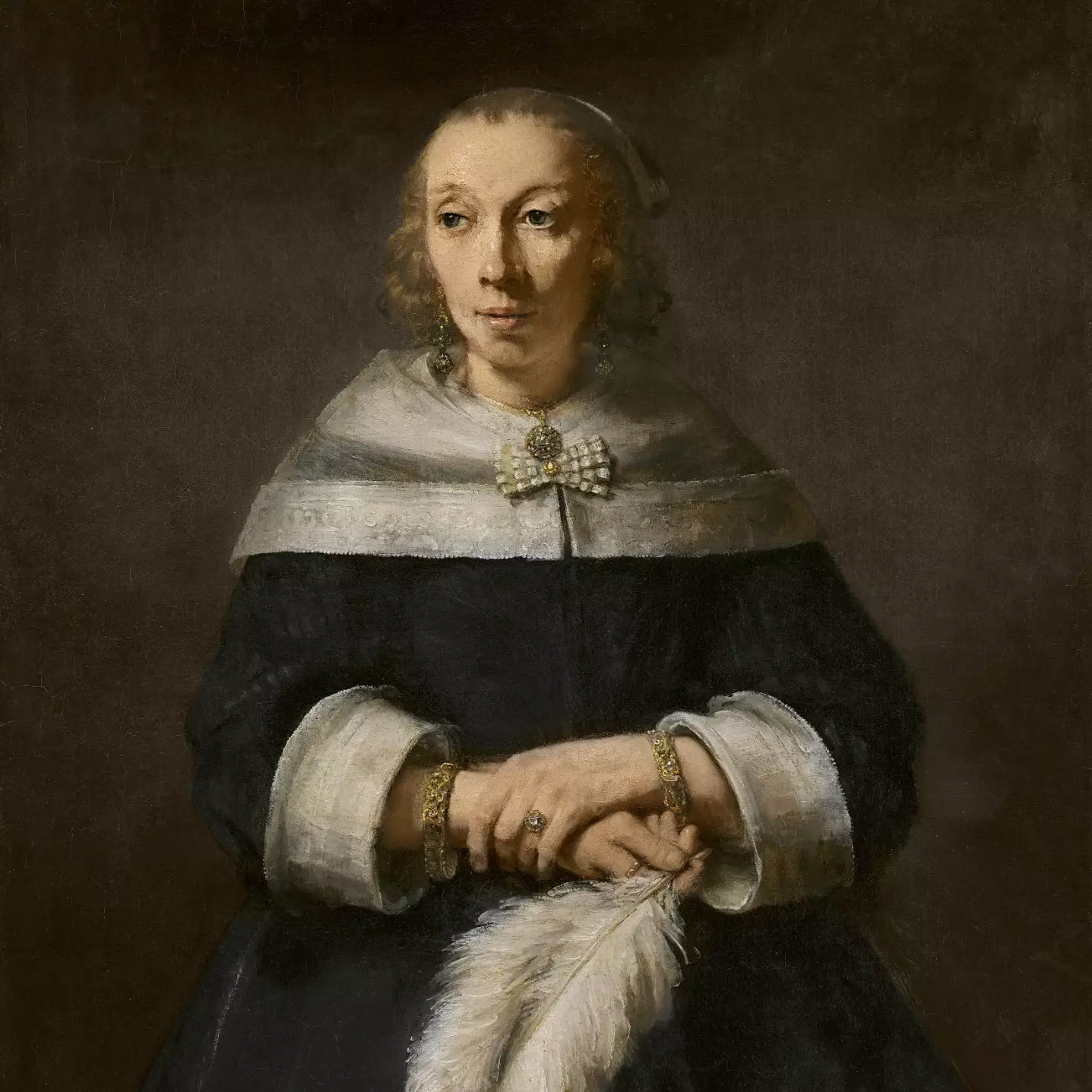
Portrait of a Lady, possibly Maria Van Sinnick (Rembrandt, ca. 1655)
They are followed by a space centered on their his beginnings as a portraitist , as well as several rooms that present 'Rembrandt and his rivals' , to end in 'The final years' with works from between 1660 and 1670. Do you want to join this wonderful experience? Well, you just have to visit this link.
